- Promo & Sweet Prices
- -10%
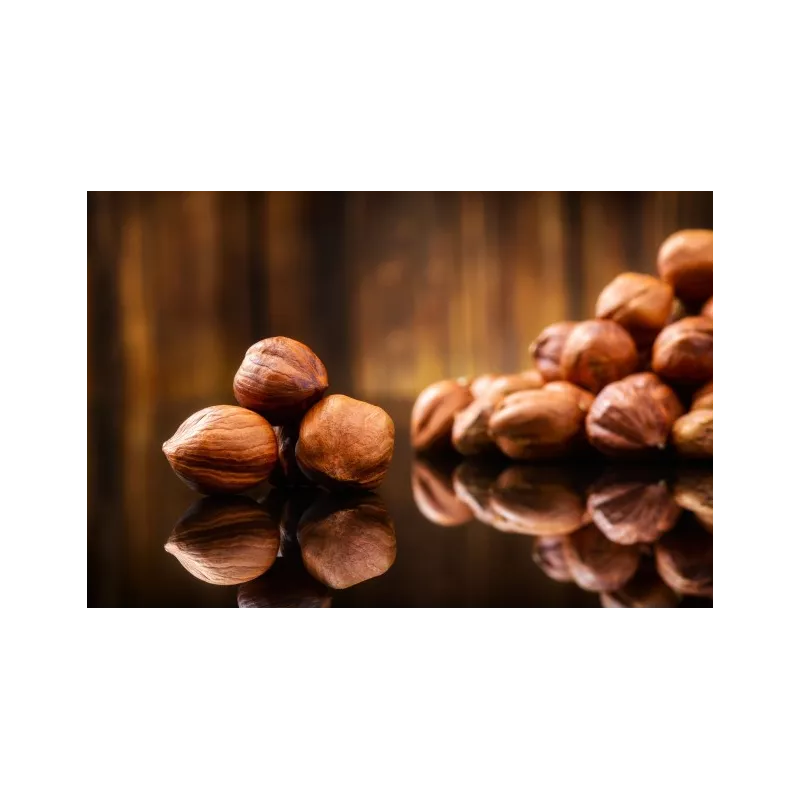
10% off sitewide at HECOSFAIR until 11-03-2025.
Every order helps life grow — a tree is planted in your name, offered by HECOSFAIR.
Free delivery for mainland France from 50€, from 99€ for Europe & from 199€ for countries outside Europe.











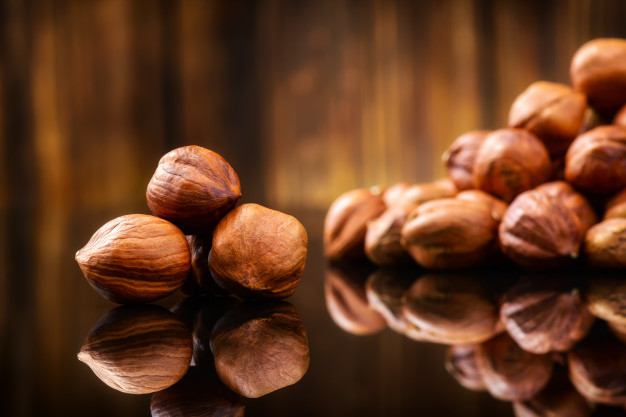
Our tasty organic and raw hazelnuts come from small family businesses in France.
They contain vitamin E, an antioxidant that protects our body against harmful oxidations.
By consuming foods rich in antioxidants, the body's defense mechanism can be strengthened.
They must also provide the body with vitamin B1, niacin, vitamin B6, biotin, iron, magnesium, phosphorus, potassium, zinc, copper and manganese.
Our tasty organic and raw hazelnuts from France will sublimate your dishes, your desserts, your pastries and can also be tasted on their own.
It is a product from organic farming, certified FR-BIO-16 or FR-BIO-01.
They are sold in a recyclable kraft zipped bag.
 Once the package has been opened, we advise you to keep the product in a cool, dry place, away from light and humidity, so that it retains all its nutritional and taste qualities.
Once the package has been opened, we advise you to keep the product in a cool, dry place, away from light and humidity, so that it retains all its nutritional and taste qualities.
 Do not consume this product in case of allergy to shelled fruits and oilseeds (nuts).
Do not consume this product in case of allergy to shelled fruits and oilseeds (nuts).




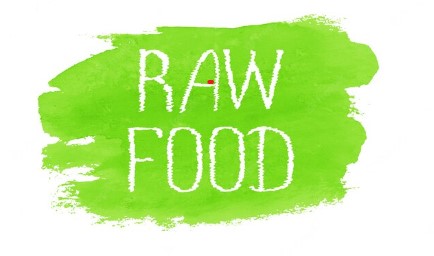




100% secure payment with PayPal & PayPlug – cards & 4x installments

Free delivery from €50 in France, €99 in Europe & €199 worldwide

Returns within 14 days (under certain conditions)
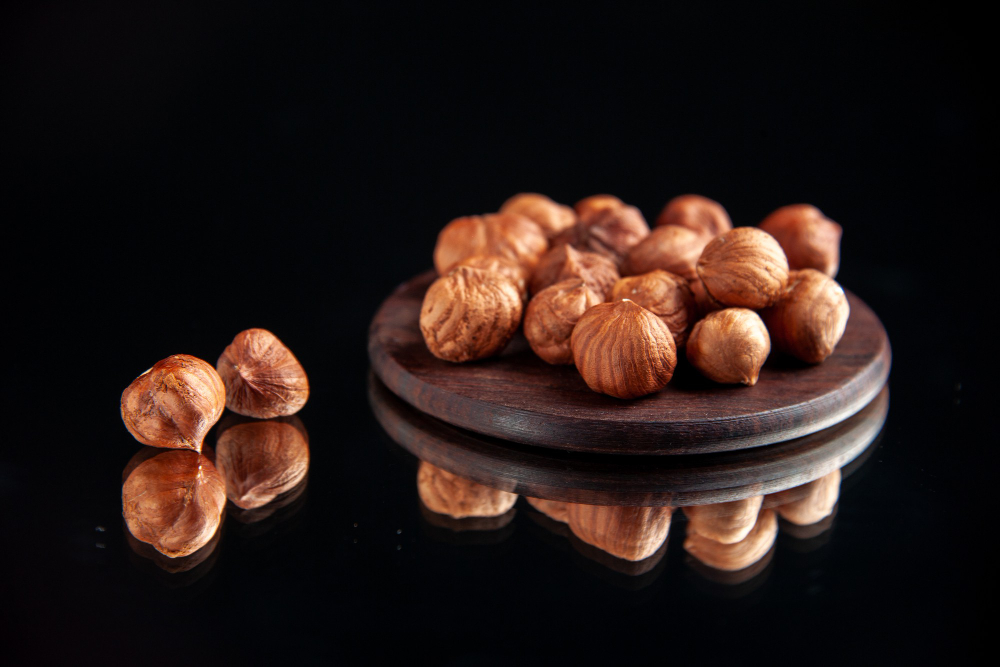
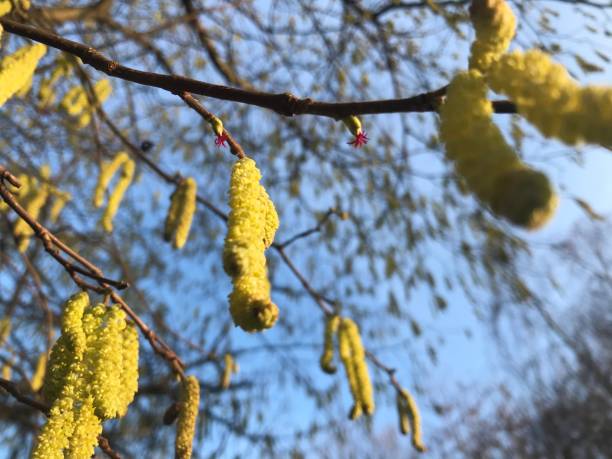
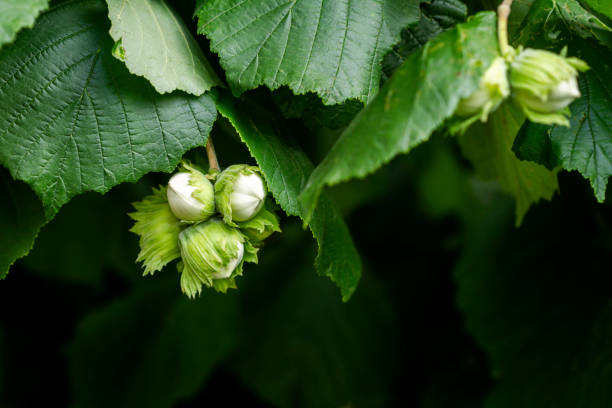
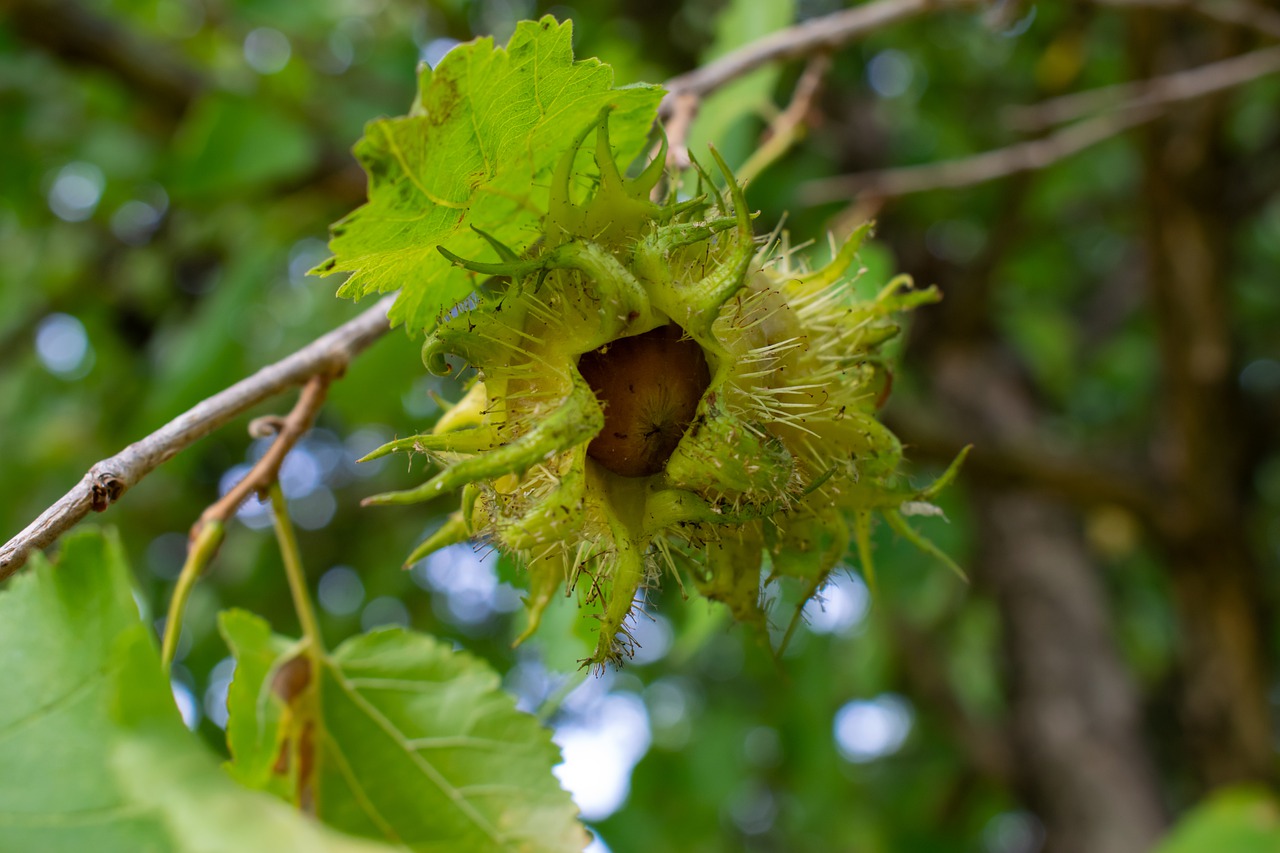
The term hazelnut first appeared around 1225-1230 in the Roman de la Rose.

It is very rich in lipids, which makes it a very energetic fruit. It is therefore highly recommended for athletes, because of its richness in mineral salts and trace elements, to be ideally combined with almonds, walnuts and raisins.
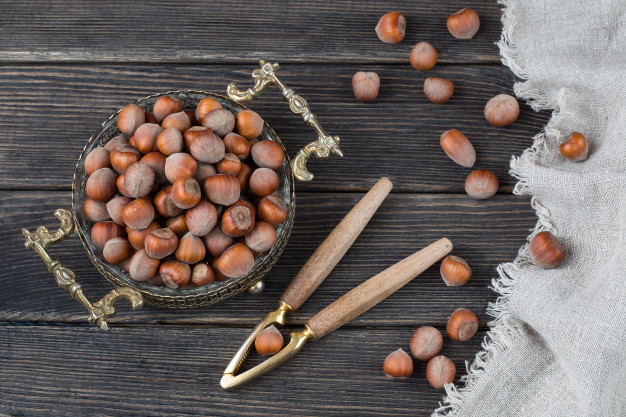
The hazelnut is very interesting from a nutritional point of view for its protein and dietary fiber contribution, its high potassium / sodium level as well as its richness in vitamin E and antioxidant polyphenols.
It is also one of the oil seeds richest in omega-9 oleic acid, a powerful antioxidant recommended in the fight against type 2 diabetes and cholesterol (consume without excess, however).
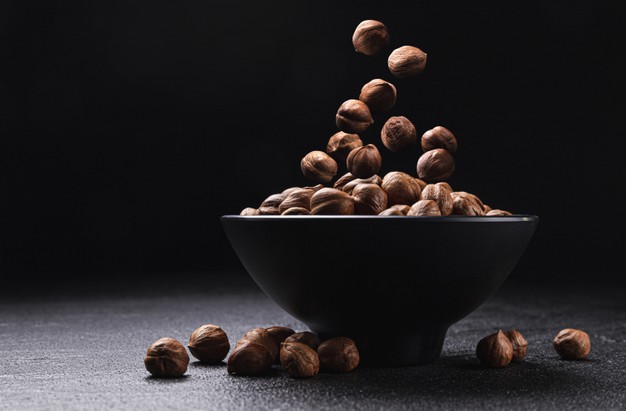
Hazelnuts are very rich in vitamin E (effective against cellular aging), fiber (against colon cancer), copper (against rheumatism and infectious diseases), iron (against anemia), magnesium ( against stress), phosphorus (against intellectual fatigue) and vitamin B.
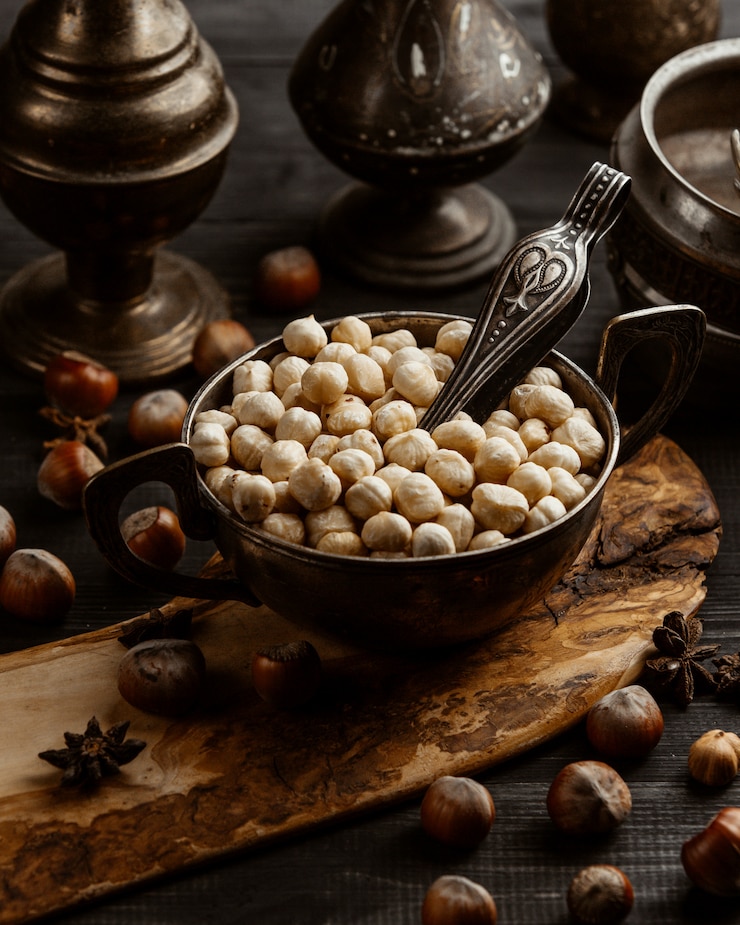

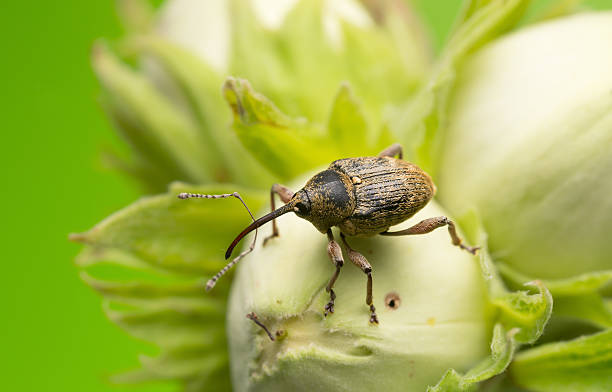
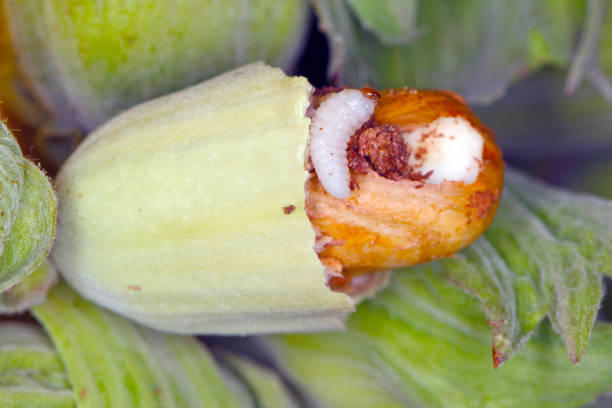
Alphonse du Breuil in his course in arboriculture, (1868, Volume II, page 678) indicates that "one can destroy this insect by picking up in August all the wormy hazelnuts fallen to the ground and by burning them with the larva that it still contains. "
However, this makes organic cultivation quite difficult in France and French organic hazelnuts are quite rare. But, there are French producers who offer excellent organic hazelnuts 100% made in France!
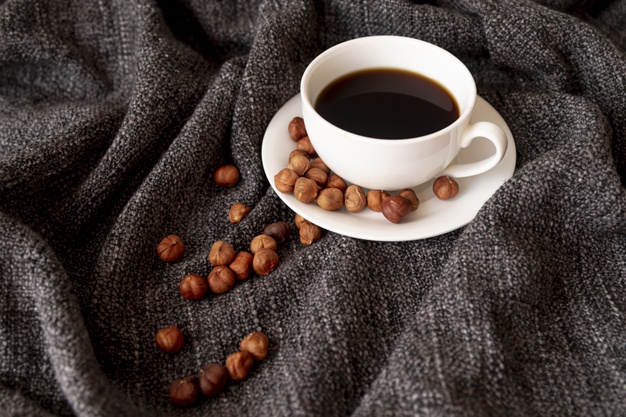

The hazelnuts are opened using a nutcracker.

The breaking yield, i.e. the kernel / shell weight ratio is approximately 44%.
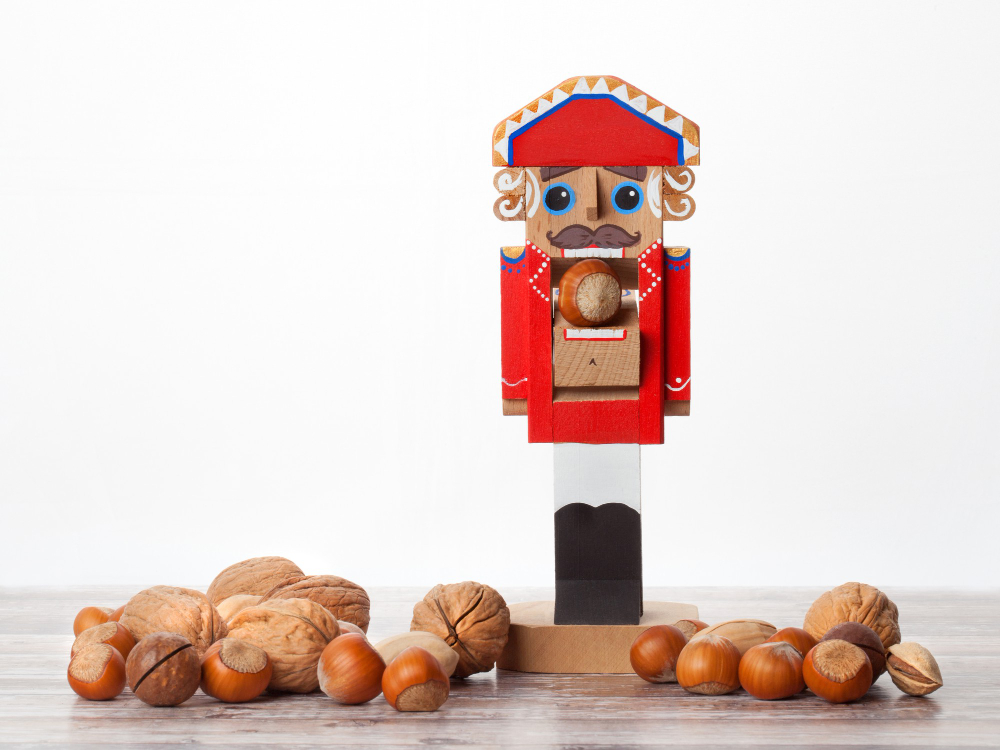
In the 4th century, in De re coquinaria d´Apicius, several recipes for cold sauces were proposed, which included hazelnuts.

Chocolate hazelnut rocks
For the interior:
For the coating:
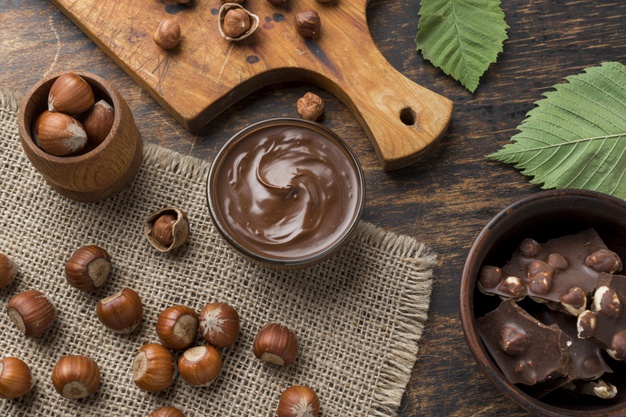
1. Mix the dates until you have a puree. If the dates are too dry, add a few tablespoons of milk to relax the preparation.
2. Melt the chocolate and add it to the date puree.
3. Heat 20 hazelnuts for 10 minutes in the oven at 180 ° C or fry them lightly to roast them.
4. Shape the date / chocolate dough into walnut-sized balls. Flatten them slightly to insert a roasted hazelnut. Close well so as not to see the hazelnut.
5. For the coating, crush the hazelnuts and melt the chocolate in a double boiler. Two solutions to finish: dip the balls in the chocolate then in the hazelnuts or coat the balls in hazelnuts then dip them in the chocolate. The first version is simpler and prettier for my taste.
You'll tell me what you think about it !

It is used to name colors and even inspires us works like the famous tale The Nutcracker and the Mouse King by Ernst Theodor Amadeus Hoffmann, which in turn inspired the famous ballet-fairy The Nutcracker by Pyotr Ilich Tchaikovsky.

.jpg)

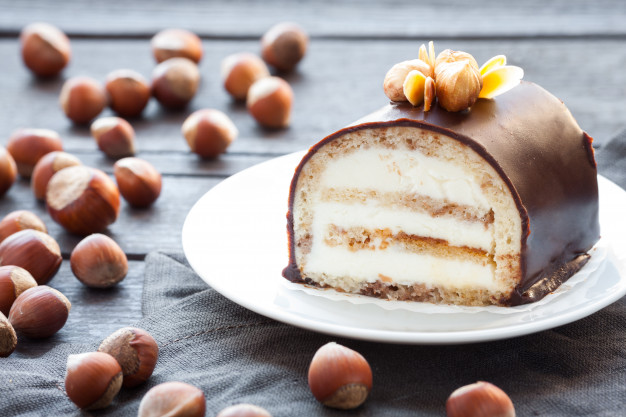
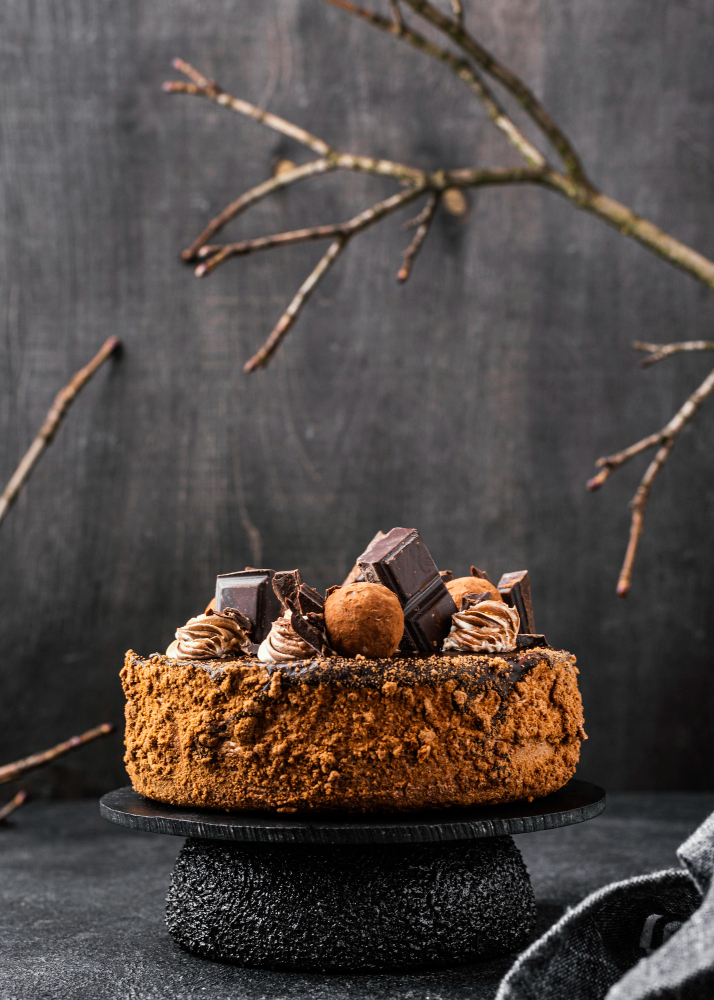
.jpg)
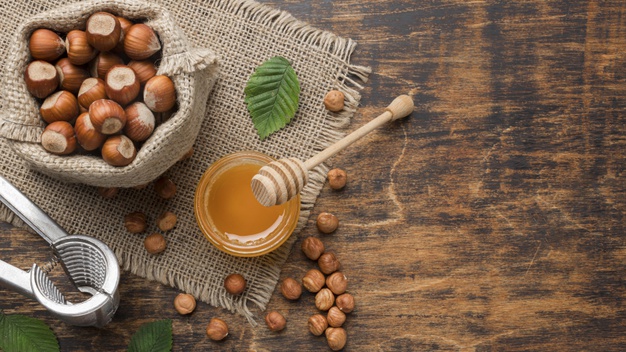
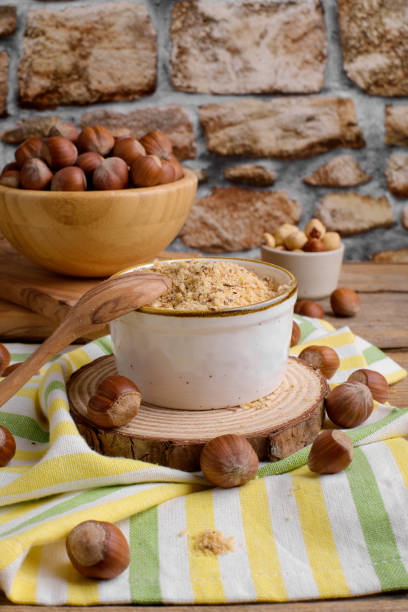

.jpg)
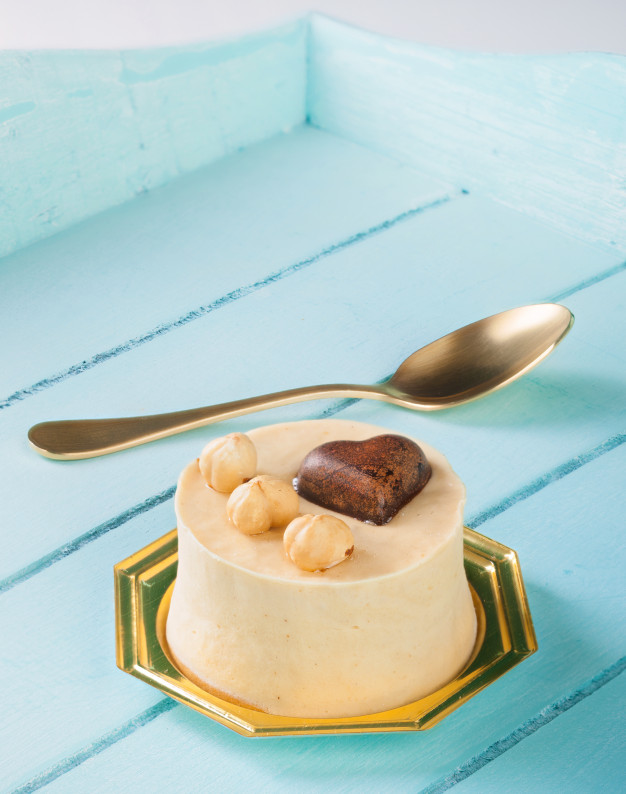
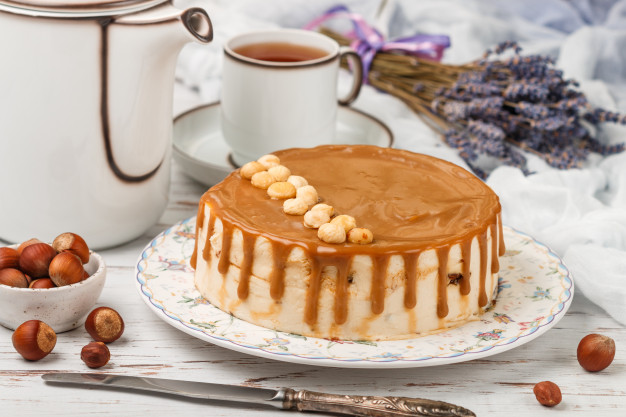
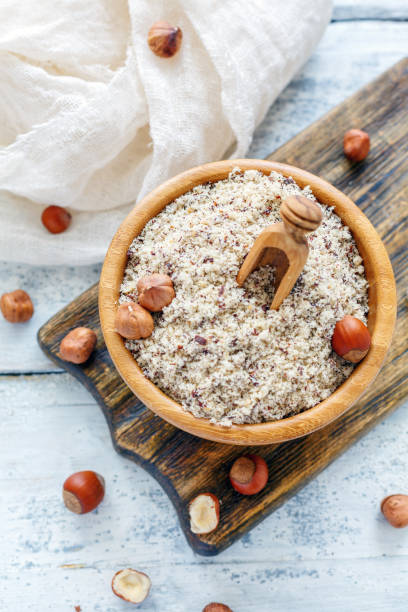
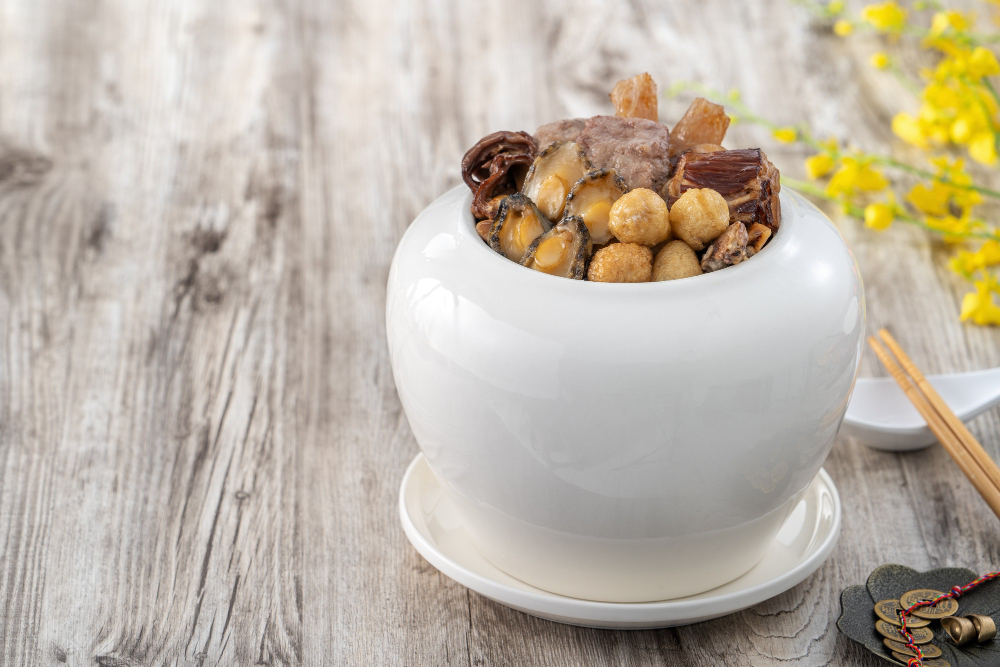
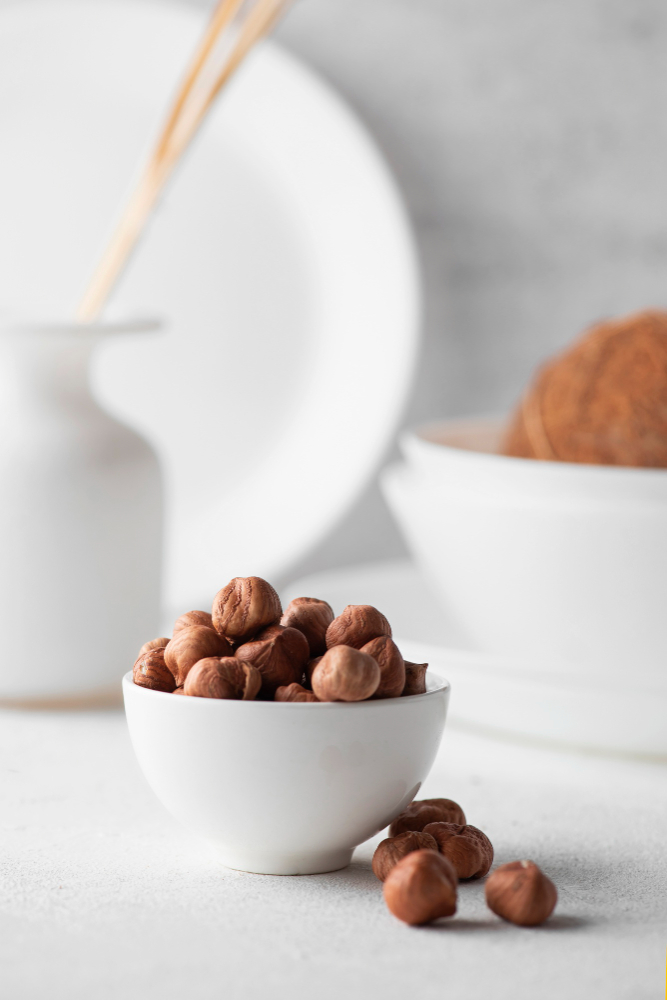
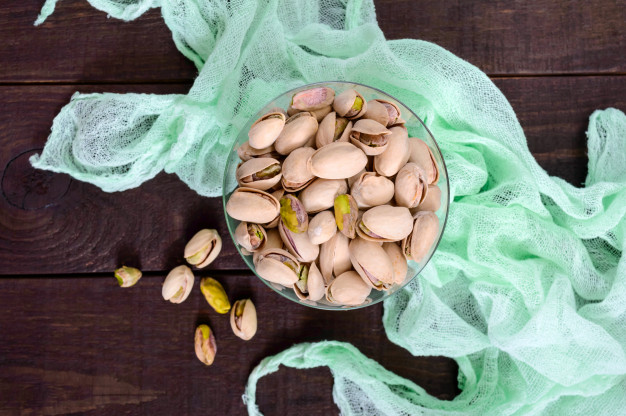
Let yourself be seduced by the fine flavor of our organic pistachios from PDO Aegina in shell, grilled & salt-free.
This exceptional flavor is due to the lava territory and the Mediterranean climate.
They benefit from the prestigious PDO label, protected designation of origin, a European label that guarantees their origin.
Our delicious organic Pistaches PDO from Aegina in shell, grilled & salt-free are grown and transformed on the island of Aegina, in Greece, by a family company that perpetuates their culture for several generations.
Full of vitamin E and B, magnesium, calcium, iron and proteins, they are an excellent alternative in a vegetarian diet.
They will enhance your dishes, desserts, pastries and drinks.
A handful of pistachios per day reduces the risk of eye and heart diseases.
They moisturize the skin thanks to saturated fat and antioxidants.
They are a product from organic farming.
They are marketed in a zipped sachet in recyclable kraft.
 Once the package has been opened, we advise you to keep the product in a cool, dry place, away from light and humidity, so that it retains all its nutritional and taste qualities.
Once the package has been opened, we advise you to keep the product in a cool, dry place, away from light and humidity, so that it retains all its nutritional and taste qualities.
 Do not consume this product in case of allergy to shelled fruits and oilseeds (nuts).
Do not consume this product in case of allergy to shelled fruits and oilseeds (nuts).








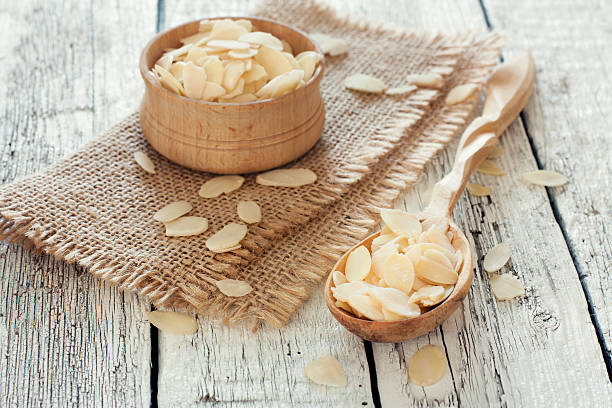
Our tasty raw flaked almonds come to us from small family businesses in France.
They are ideal for your snacks, dishes, desserts and pastries.
Packed with vitamin E and B, magnesium, calcium, iron and protein, they are a good alternative for a meatless diet.
Contrary to popular belief, oilseeds, including almonds, do not make you fat.
They increase the satiety effect and slow down the absorption of lipids.
They are a product from organic farming, certified by FR-BIO-09 or FR-BIO-01.
They are sold in a recyclable kraft zipped bag.
 Once the package has been opened, we advise you to keep the product in a cool, dry place, away from light and humidity, so that it retains all its nutritional and taste qualities.
Once the package has been opened, we advise you to keep the product in a cool, dry place, away from light and humidity, so that it retains all its nutritional and taste qualities.
 Do not consume this product in case of allergy to shelled fruits and oilseeds (nuts).
Do not consume this product in case of allergy to shelled fruits and oilseeds (nuts).









Our tasty Avellana de Reus PDO hazelnuts come from small family businesses in Catalonia, Spain.
They benefit from the prestigious PDO label, protected designation of origin, a European label which guarantees their origin.
They contain vitamin E, an antioxidant that protects our body against harmful oxidations.
By consuming foods rich in antioxidants, the body's defense mechanism can be strengthened.
They must also provide the body with vitamin B1, niacin, vitamin B6, biotin, iron, magnesium, phosphorus, potassium, zinc, copper and manganese.
Our tasty PDO Avellana de Reus hazelnuts will sublimate your dishes, your desserts, your pastries and can also be tasted on their own.
They are sold in a recyclable kraft zipped bag.
 Once the package has been opened, we advise you to keep the product in a cool, dry place, away from light and humidity, so that it retains all its nutritional and taste qualities.
Once the package has been opened, we advise you to keep the product in a cool, dry place, away from light and humidity, so that it retains all its nutritional and taste qualities.
 Do not consume this product in case of allergy to shelled fruits and oilseeds (nuts).
Do not consume this product in case of allergy to shelled fruits and oilseeds (nuts).


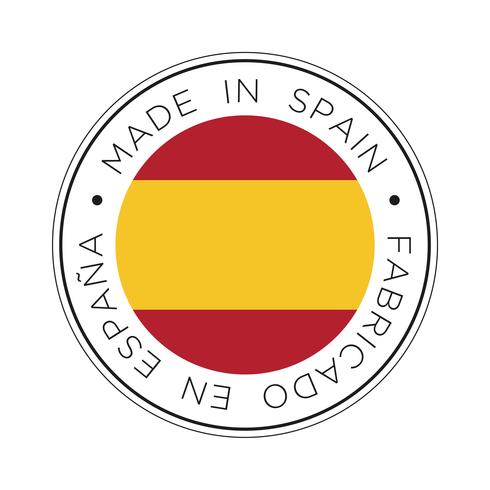







Our tasty extra organic walnut kernels come to us directly from producers in Isère.
They benefit from the prestigious PDO label, protected designation of origin, a European label which guarantees their origin.
They also benefit from the prestigious AOC label, controlled designation of origin, a French label which guarantees its terroir at the national level.
They are grown in the traditional way in pretty mills or on family farms.
Our delicious walnuts, with a subtle taste, are to be enjoyed on their own, as an aperitif.
They will sublimate your salads, your dishes, your mueslis and your desserts.
They are rich in B0 vitamins and they are a powerful antioxidant.
They fight against cholesterol and promote the heart system.
Our tasty organic walnut kernels are a product from organic farming, certified by FR-BIO-12.
They are marketed in a recyclable kraft zipped bag or in a jute bag.
 Once the package has been opened, we advise you to keep the product in a cool, dry place, away from light and humidity, so that it retains all its nutritional and taste qualities.
Once the package has been opened, we advise you to keep the product in a cool, dry place, away from light and humidity, so that it retains all its nutritional and taste qualities.
 Do not consume this product in case of allergy to shelled fruits and oilseeds (nuts).
Do not consume this product in case of allergy to shelled fruits and oilseeds (nuts).

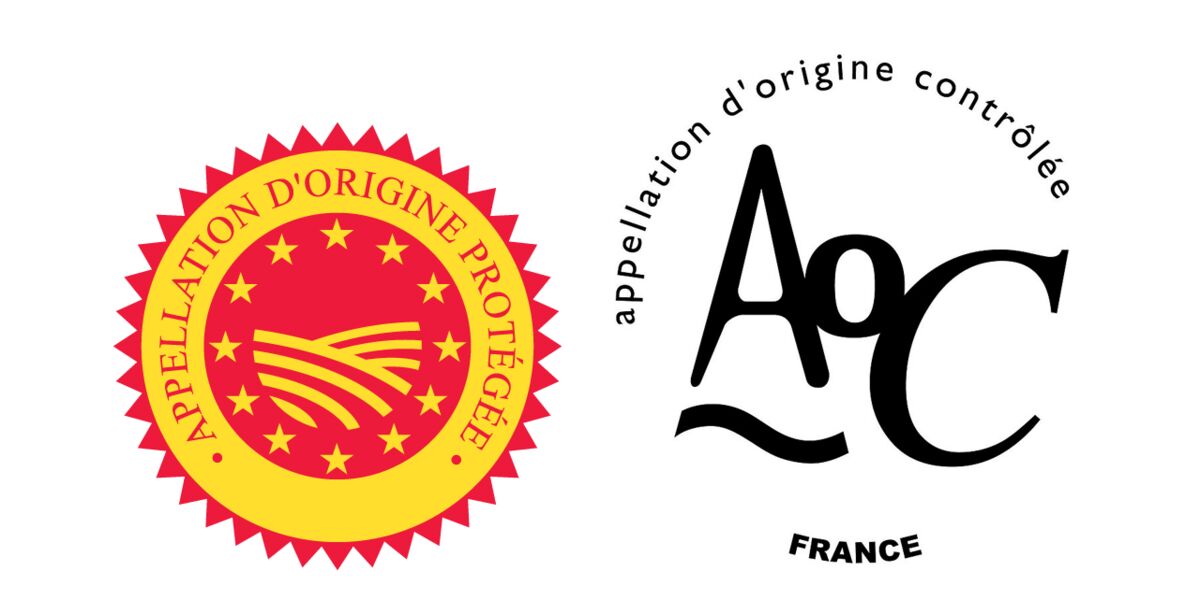



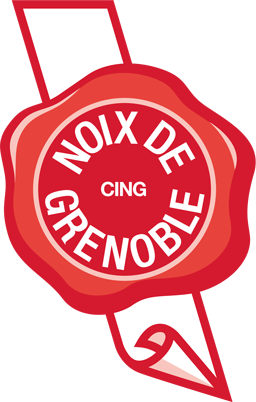




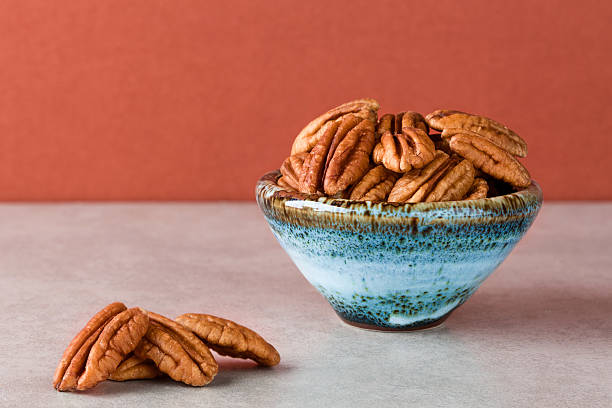
Our tasty raw shelled organic pecans from Australia will seduce you with their crunch, their delicate naturally sweet hazelnut flavor.
They come to us from organic producers in Australia and benefit from the famous label, Product Of Australia.
Our pecans, fruits of the pecan tree, are high in energy and of excellent nutritional quality.
They are full of minerals and trace elements such as potassium, magnesium and iron, as well as group B vitamins and vitamin E.
They will ideally accompany your aperitifs and will enhance certain cooked dishes, your pies and your desserts.
Our raw shelled organic pecans from Australia are products from organic farming.
They are marketed in a recyclable zipped kraft bag.
 Once the package has been opened, we advise you to keep the product in a cool, dry place, away from light and humidity, so that it retains all its nutritional and taste qualities.
Once the package has been opened, we advise you to keep the product in a cool, dry place, away from light and humidity, so that it retains all its nutritional and taste qualities.
 Do not consume this product in case of allergy to shelled fruits and oilseeds (nuts).
Do not consume this product in case of allergy to shelled fruits and oilseeds (nuts).









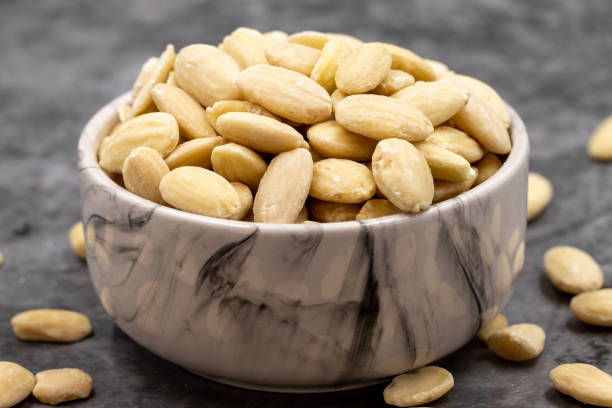
Our tasty raw and whole blanched organic almonds come to us from small family businesses in France.
They are ideal for your snacks, dishes, desserts and pastries.
Packed with vitamin E and B, magnesium, calcium, iron and protein, they are a good alternative for a meatless diet.
Contrary to popular belief, oilseeds, including almonds, do not make you fat.
They increase the satiety effect and slow down the absorption of lipids.
They are a product from organic farming, certified by FR-BIO-09 or FR-BIO-01.
They are sold in a recyclable kraft zipped bag.
 Once the package has been opened, we advise you to keep the product in a cool, dry place, away from light and humidity, so that it retains all its nutritional and taste qualities.
Once the package has been opened, we advise you to keep the product in a cool, dry place, away from light and humidity, so that it retains all its nutritional and taste qualities.
 Do not consume this product in case of allergy to shelled fruits and oilseeds (nuts).
Do not consume this product in case of allergy to shelled fruits and oilseeds (nuts).








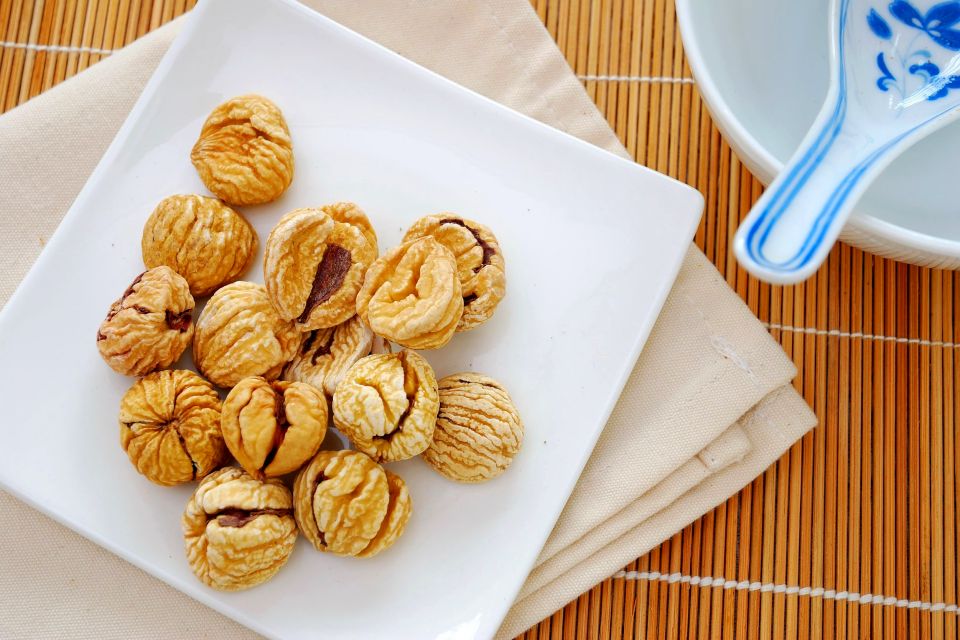
Our Organic dried chestnuts PDO from Ardèche will seduce you with their fine, tasty and delicately sweet taste.
They benefit from the prestigious PDO label, protected designation of origin, a European label which guarantees its origin.
They also benefit from the prestigious AOC label, controlled designation of origin, a French label which guarantees its terroir at the national level.
They will sublimate all your sweet or savory preparations.
They come to us from a family business in the Ardèche in France.
The chestnuts are dried in a traditional dryer (clède) using the heat produced by a post-combustion wood boiler (reduction of CO2 emissions) for 20 days.
Then they are peeled and sorted by hand.
Our Organic AOP Ardèche dried chestnuts are a product from organic farming.
They are sold in a recyclable kraft zipped bag.
 Once the package has been opened, we advise you to keep the product in a cool, dry place, away from light and humidity, so that it retains all its nutritional and taste qualities.
Once the package has been opened, we advise you to keep the product in a cool, dry place, away from light and humidity, so that it retains all its nutritional and taste qualities.
 Do not consume this product in case of allergy to shelled fruits and oilseeds (nuts).
Do not consume this product in case of allergy to shelled fruits and oilseeds (nuts).



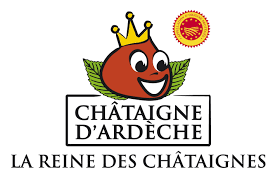





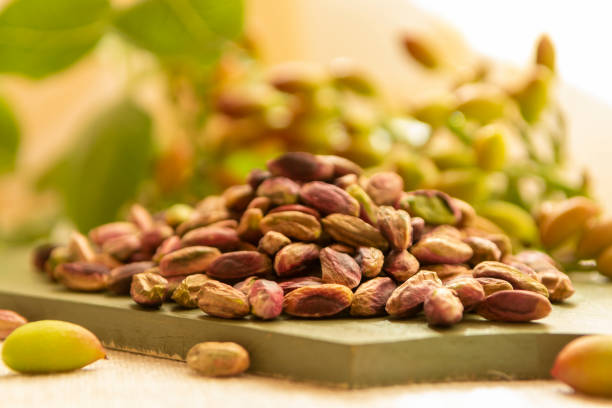
Let yourself be seduced by the fine flavor of our organic PDO pistachios from Aegina in Greece.
This exceptional flavor is due to the lava territory and the Mediterranean climate.
They benefit from the prestigious PDO label, protected designation of origin, a European label which guarantees their origin.
Our delicious organic PDO pistachios from Aegina are grown and processed on the island Aegina, in Greece, by a family business that has perpetuated their cultivation for several generations.
Packed with vitamin E and B, magnesium, calcium, iron and protein, they are an excellent alternative in a vegetarian diet.
They will sublimate your dishes, your desserts, your pastries and your drinks.
A handful of pistachios a day reduces the risk of eye and heart disease.
They hydrate the skin with saturated fat and antioxidants.
They are a product from organic farming.
They are sold in a recyclable kraft zipped bag.
 Once the package has been opened, we advise you to keep the product in a cool, dry place, away from light and humidity, so that it retains all its nutritional and taste qualities.
Once the package has been opened, we advise you to keep the product in a cool, dry place, away from light and humidity, so that it retains all its nutritional and taste qualities.
 Do not consume this product in case of allergy to shelled fruits and oilseeds (nuts).
Do not consume this product in case of allergy to shelled fruits and oilseeds (nuts).







